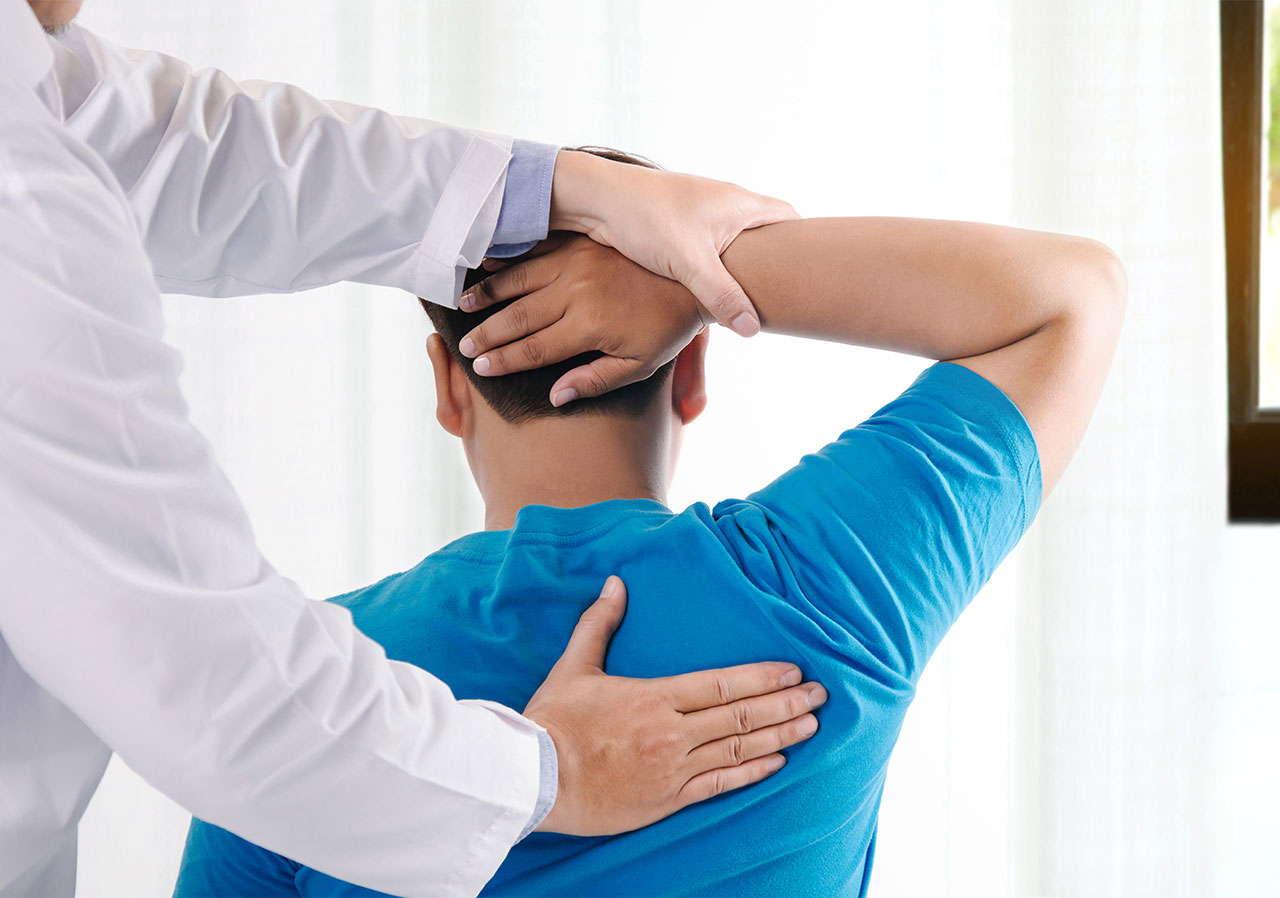Hands-On Manual Therapy
The physical therapists at Utah Physical Therapy have special training in the area of hands-on manual therapy. They utilize those techniques as a major aspect of their treatment interventions. Following a comprehensive evaluation the physical therapist may perform different types of manual therapy to help you achieve your goals.

Commonly Used Techniques:
Soft Tissue Mobilization: This technique involves applying manual pressure to the soft tissues, such as muscles, tendons, and ligaments, to improve blood flow, reduce muscle tension, and promote tissue healing. Examples include massage, myofascial release, and trigger point therapy.
Joint Mobilization: Joint mobilization techniques aim to restore normal joint movement and reduce pain by applying gentle oscillatory or sustained pressure to specific joints. This helps improve joint range of motion, reduce stiffness, and promote optimal joint function.
Joint Manipulation: Joint manipulation involves applying a high-velocity, low-amplitude thrust to a joint, often accompanied by a popping sound. This technique is typically used for joints in the spine and is aimed at improving joint mobility, reducing pain, and restoring normal joint mechanics. Joint manipulation is used carefully, and only with proper training, in conjunction with improving muscle strength and proper movement to allow the joint to move and function for long-term healing.
Manual Traction: Manual traction involves the application of controlled pulling forces to the spine or limbs to decompress joints, alleviate pressure on nerves, and relieve pain. It can be performed in a variety of positions and is often used for conditions such as herniated discs or nerve impingements.
Soft Tissue Mobilization Tools: Physical therapists may also use specialized tools, such as foam rollers, massage balls, or instrument-assisted soft tissue mobilization (IASTM) tools, to enhance soft tissue mobilization. These tools can help break down scar tissue, release muscle tension, and improve tissue flexibility. We have therapists trained in IASTM techniques such as, ASTYM and Graston. The therapist will go over different protocols with you following the treatment to optimize the effect.
Functional Dry Needling: Dry needling is a technique commonly used by specially trained and certified physical therapists as part of their manual therapy interventions. It involves the insertion of thin, solid needles into trigger points or tight bands of muscles to elicit a therapeutic response. The goal of dry needling is to release muscle tension, reduce pain, and improve range of motion. The technique is based on the concept that inserting needles into these trigger points can help reset the muscles, promote blood flow, and stimulate the body’s natural healing processes. Dry needling is often used in conjunction with other treatment approaches, such as exercise therapy and other manual therapy techniques, to provide comprehensive care for musculoskeletal conditions. Each patient will be assessed for proper use of this invasive technique as some conditions, proximity to surgery, and medications are contraindicated.
Manual Stretching: Manual stretching techniques involve the therapist applying gentle or sustained stretching forces to muscles, tendons, or other soft tissues to improve flexibility, increase range of motion, and reduce muscle imbalances. These stretches are tailored to specific areas of the body or particular muscle groups.
Neural Mobilization: Neural mobilization techniques involve the gentle movement and mobilization of nerves to reduce nerve-related symptoms, such as pain, tingling, or numbness. These techniques aim to improve the sliding and gliding of nerves within their surrounding tissues and enhance neural tissue health.
It’s important to note that the specific manual therapy techniques used by physical therapists can vary depending on the patient’s condition, medications, health history, individual needs, and the therapist’s expertise and training. Furthermore, manual therapy is often combined with other treatment modalities, such as therapeutic exercises, patient education, and modalities like heat or electrical stimulation, to provide comprehensive care and promote optimal rehabilitation outcomes. We look forward to customizing your healing plan so make an appointment today and we will be happy to explore each of these with you!